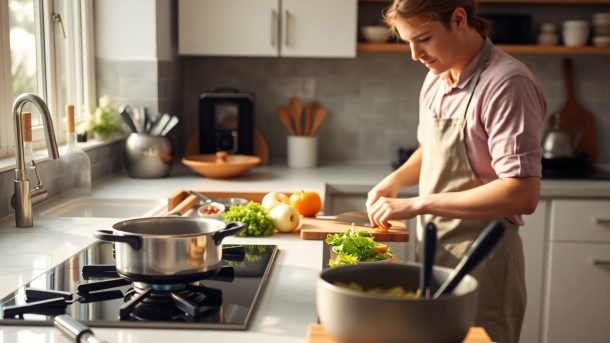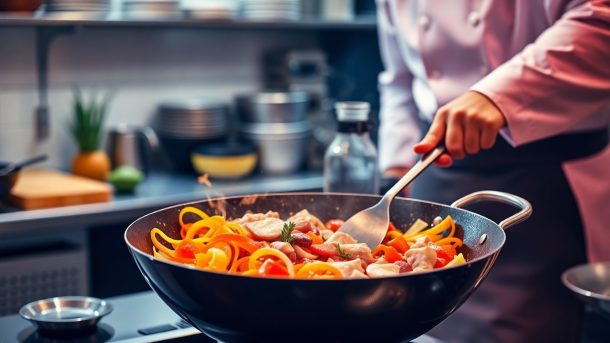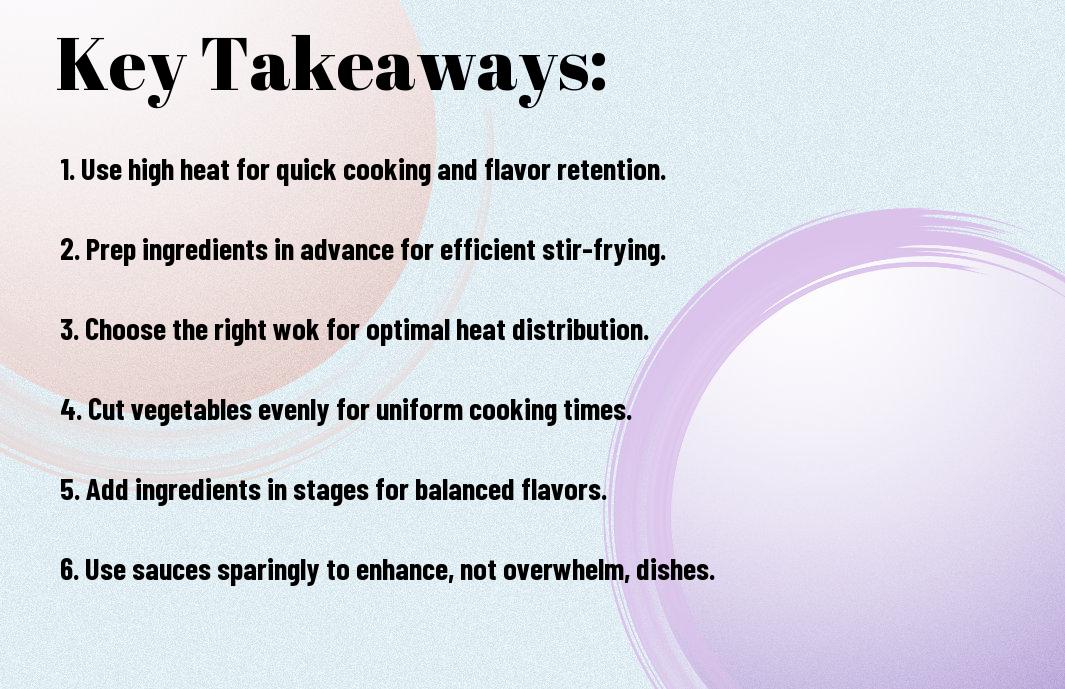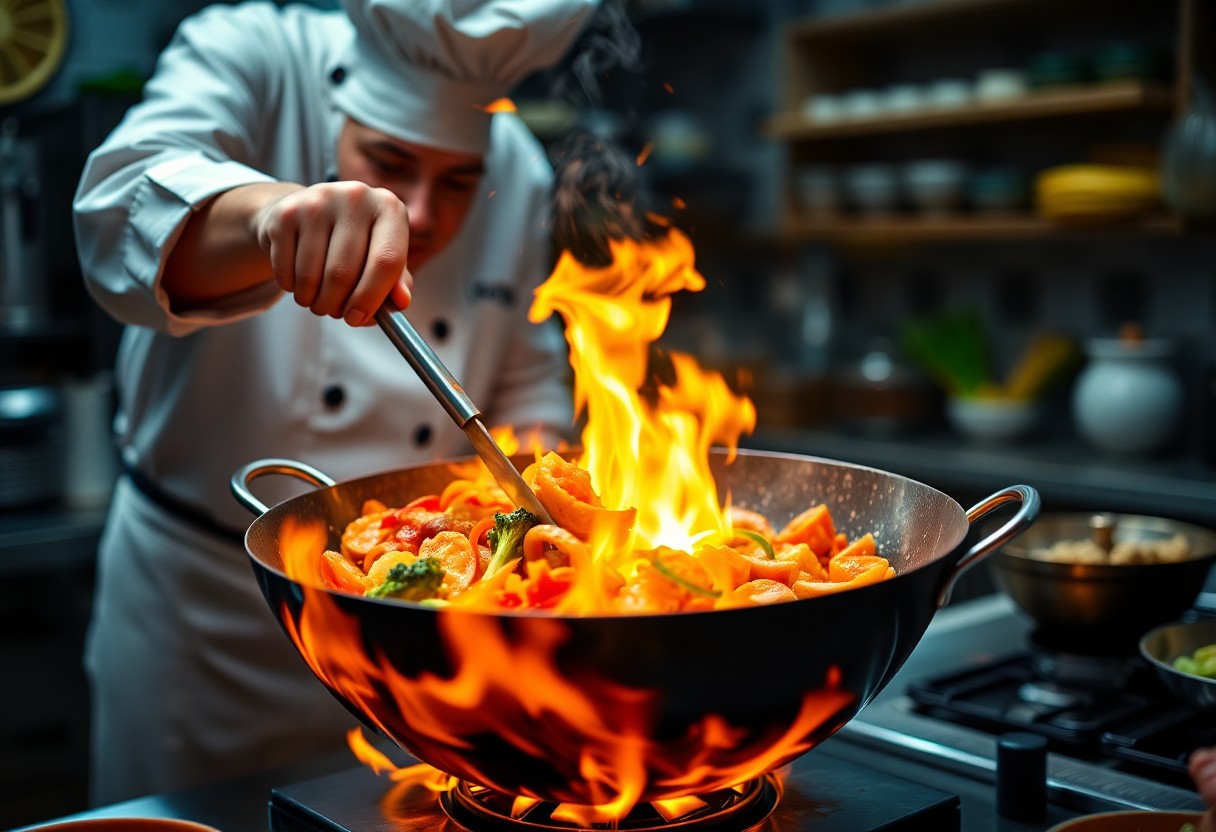As you step into the world of cooking, you’ll discover a realm of endless possibilities, and with the right techniques, your culinary journey will be nothing short of delightful. You’ll learn to chop, dice, and sauté your way to creating mouthwatering dishes that will impress your family and friends. In this article, you’ll find the most effective cooking methods to get you started, and before you know it, you’ll be whipping up gourmet meals like a pro, embracing the joy of cooking and savoring the pleasure of sharing your creations with others.
Essential Cooking Methods
For beginners, mastering a few fundamental cooking techniques will make all the difference in your culinary journey. You’ll be surprised at how quickly you can whip up delicious meals with a little practice.
Grilling and Roasting
The key to achieving perfect grilled or roasted dishes is to understand the importance of temperature and timing, as you experiment with different ingredients and seasonings to find your favorite combinations.
Searing and Sauteing
Simmering down to the basics, sauteing is a fantastic way to bring out the flavors of your ingredients, and with a bit of oil and some gentle heat, you’ll be creating mouthwatering meals in no time, as you discover the joy of cooking with ease and confidence.
It is exciting to explore the world of searing and sauteing, as you learn to cook your ingredients to the perfect doneness, and you will find that your dishes are infused with a depth of flavor that will leave your family and friends impressed and wanting more, so don’t be afraid to experiment and try new things, and most importantly, have fun with the process of cooking and enjoying your creations.
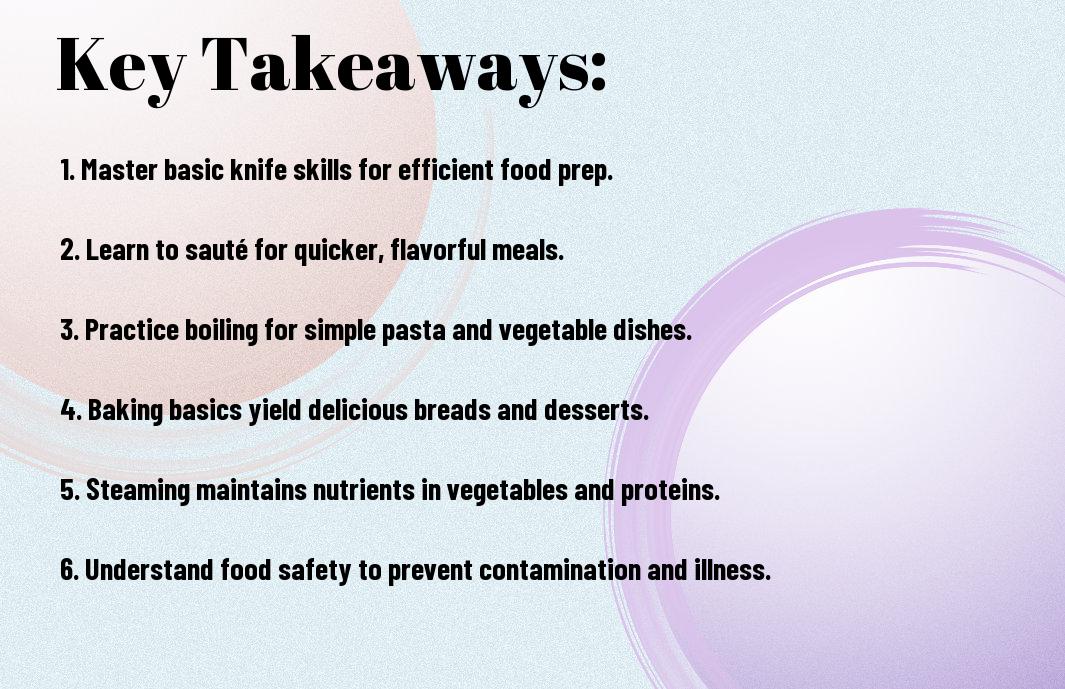
Cooking Techniques for Beginners
One of the most exciting parts of learning to cook is discovering the various techniques that will help you create delicious meals. You’ll find that with a little practice, your skills will improve, and your confidence in the kitchen will grow.
Boiling and Steaming
Any home cook can master the art of boiling and steaming, and you’re no exception. You’ll be amazed at how easily you can cook a variety of foods, from vegetables to proteins, using these simple techniques.
Braising and Stewing
Basing your meals on slow-cooked methods like braising and stewing will yield tender, flavorful results that will impress your family and friends. You’ll love the way your dishes turn out when you take the time to cook them low and slow.
Another advantage of braising and stewing is the versatility they offer. You can use a variety of ingredients, from beef to vegetables, and experiment with different seasonings and spices to create unique flavor profiles that suit your taste. As you become more comfortable with these techniques, you’ll find yourself returning to them again and again to create satisfying, comforting meals.
Kitchen Essentials
Many of the cooking techniques you will learn as a beginner rely on having the right tools in your kitchen. You’ll want to start by gathering a few basics that will make cooking easier and more enjoyable for you.
Cookware and Utensils
Beneath the surface of every successful dish lies a foundation of quality cookware and utensils. You’ll find that investing in a good set of pots, pans, and utensils will make a big difference in your cooking experience, allowing you to prepare and cook your meals with ease and confidence.
Knives and Cutting Boards
Backing up your cooking skills with the right knives and cutting boards is imperative for preparing ingredients efficiently. You’ll want to choose a set of sharp, well-balanced knives and a sturdy cutting board that will provide a comfortable surface for chopping and slicing.
Another important aspect of working with knives and cutting boards is learning how to use them safely and effectively. You’ll want to practice proper cutting techniques, such as chopping, slicing, and dicing, to build your skills and confidence in the kitchen, and don’t hesitate to experiment with different types of knives and cutting boards to find what works best for you.
Meal Preparation
After mastering basic cooking techniques, you’ll want to focus on meal preparation to make cooking easier and more efficient. This involves planning, shopping, and storing ingredients, which will help you save time and reduce food waste.
Meal Planning and Grocery Shopping
Shopping for ingredients is an exciting part of the cooking process, and you get to decide what delicious dishes you’ll make. You’ll start by planning your meals for the week, making a list of the ingredients you need, and then heading to the store to buy them.
Food Safety and Storage
Guarding against contamination and spoilage is important in meal preparation. You’ll want to handle and store your ingredients properly to keep them fresh and safe to eat.
Even with proper handling, your ingredients can still spoil if not stored correctly. You’ll need to learn about different storage methods, such as refrigeration, freezing, and drying, to keep your ingredients fresh for a longer period. This will help you to cook healthy and delicious meals, and make the most of your grocery shopping trips.
Common Cooking Mistakes
Not knowing what to avoid in the kitchen can lead to disappointing results, but don’t worry, you’re about to learn how to steer clear of common pitfalls and become a confident cook.
Overcooking and Undercooking
Across the board, one of the most frequent errors you’ll encounter is overcooking or undercooking your dishes, so it’s necessary to keep a close eye on your cooking time and temperature to achieve perfection.
Flavor and Texture Mistakes
About the most common flaws you’ll find in your cooking are those related to flavor and texture, and you can easily avoid them by balancing your seasonings and cooking techniques to create a dish that’s both delicious and pleasing to the palate.
Mistakes in flavor and texture can be easily corrected once you develop your taste and skills, and as you practice and experiment with different ingredients and techniques, you’ll find that your dishes will become more refined and satisfying, and you’ll be able to trust your instincts to guide you in the kitchen.
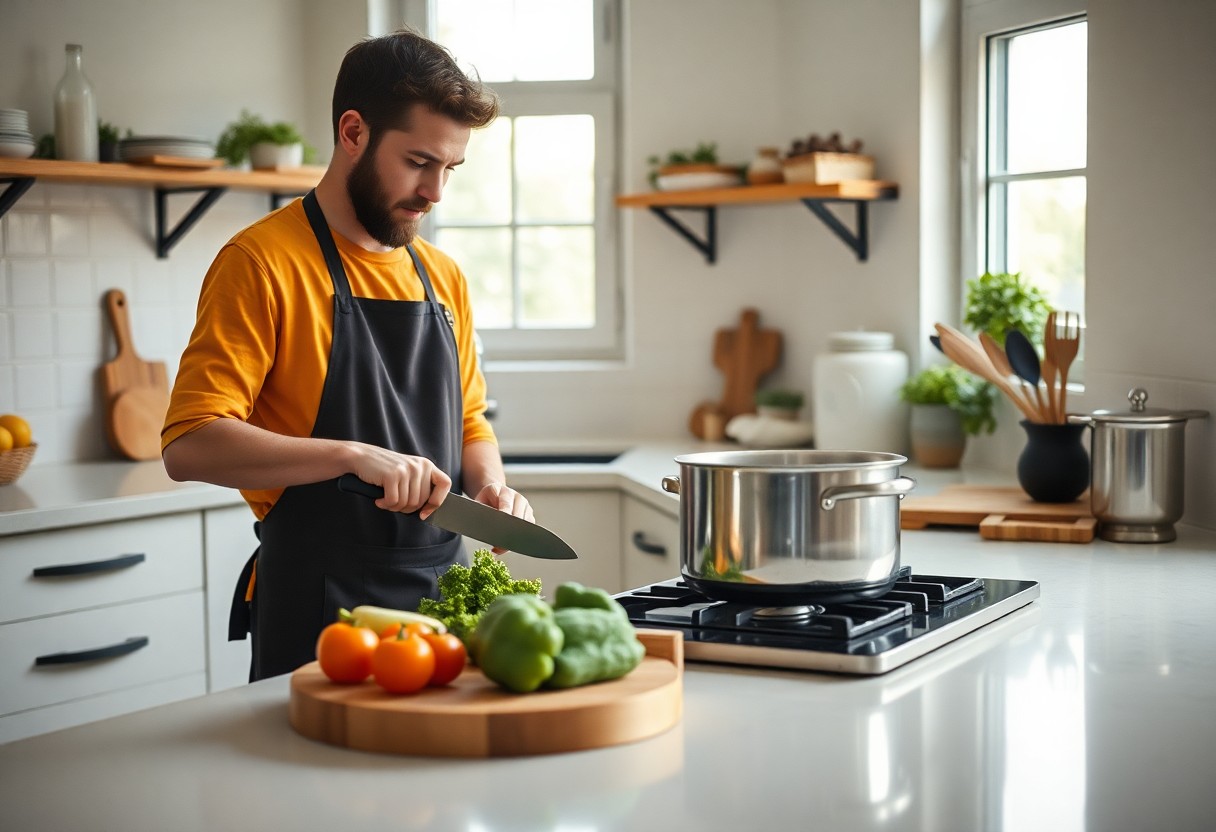
Cooking Tips and Tricks
Unlike other skills, cooking can be learned with practice and patience. You can master various techniques by following these tips:
- _experiment with new ingredients
. Visit 20 Basic Cooking Techniques That Every Home Chef Should Master. Knowing these techniques will help you become a skilled cook.
Time-Saving Techniques
Timely organization in the kitchen is key to efficient cooking. You can save time by preparing ingredients ahead, using one-pot recipes, and keeping your kitchen tidy, allowing you to focus on your culinary creations.
Presentation and Plating
Among the finishing touches, presentation is what makes your dish appeal to the palate. You can create a beautiful presentation by balancing colors, textures, and arranging your food in a visually appealing way.
Also, as you gain confidence in your cooking skills, you’ll find that presenting your dishes in an appealing manner becomes second nature, and you’ll enjoy the process of making your creations look almost too good to eat, but not quite, as you’ll be eager to share them with your loved ones and enjoy the experience of savoring your delicious meals together.
Summing up
Considering all points, you now have a solid foundation in the best cooking techniques for beginners. You’ve learned to sauté, roast, and bake with confidence, and your kitchen is filled with the aromas of delicious dishes. As you continue to practice, your skills will flourish, and you’ll be whipping up mouth-watering meals in no time, making your cooking journey a joyful and satisfying experience, and that’s the greatest reward of all, enjoying the pleasure of cooking and sharing it with others, and savoring your creations.
